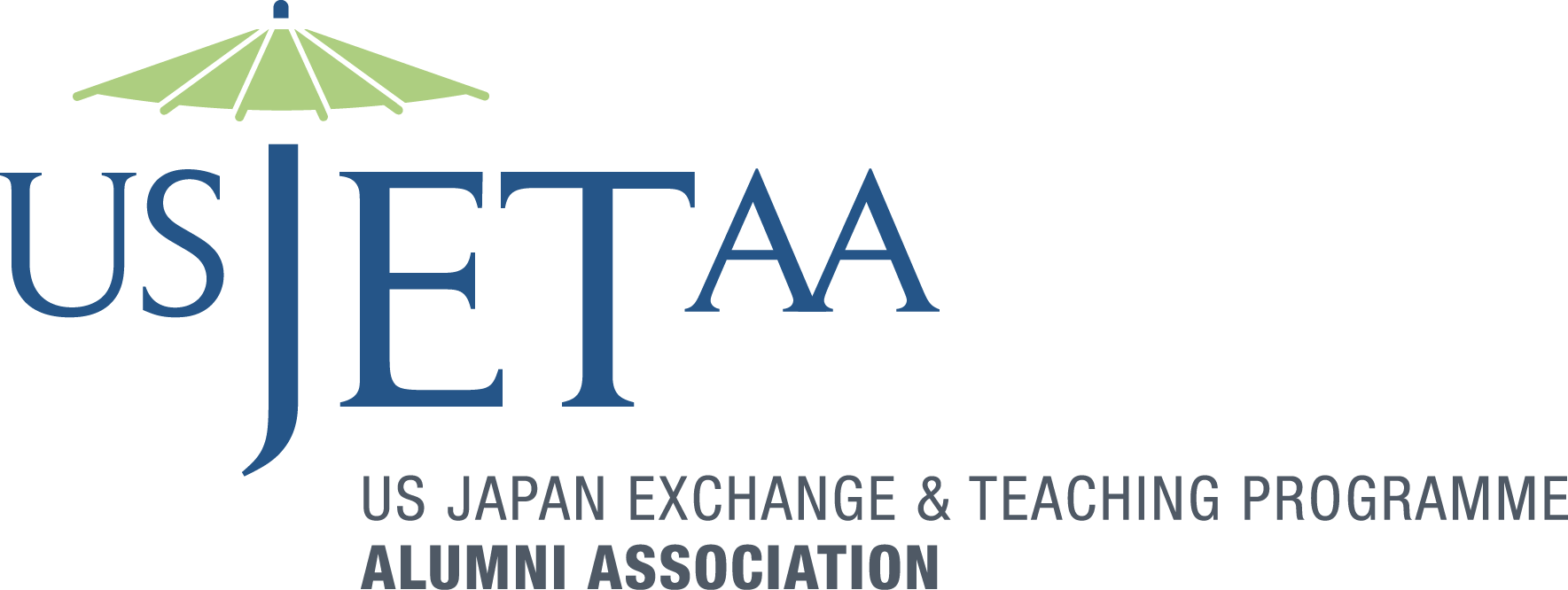Okonomiyaki defines comfort food in Hiroshima. A dish born out of the aftermath of WWII, it became a source of healing amidst the uncertainty and food scarcity of the rebuilding phase. Rice shortages forced culinary creativity, and residents began grilling together whatever food was on hand. Okonomiyaki gets it name from this necessity: with okonomi translating to “choice or preference”, and yaki means “cooked or grilled,” so the dish literally means, “What you like, grilled.” Over time, Hiroshima locals adapted their own version of okonomiyaki into a layered, savory pancake that sets it apart from other regional styles.
Seventy years later, Hiroaki Kawakami and Shinichi Muratake — two Hiroshima natives and owners of the Japanese restaurant chain Chinchikurin — have successfully introduced the dish stateside in Los Angeles with the opening of three new Chinchikurin locations in Sawtelle, Little Tokyo, and Torrance. Chinchikurin is Hiroshima slang that best translates to “shorty” in English, and Kawakami opened the first location in a small Hiroshima alley very short on space with only eight seats. In the beginning, his friend and former classmate, Muratake would often stop by to grab a bite. Muratake came from corporate Japan with a wealth of business experience, while Kawakami boasted restaurant knowledge and a charismatic personality. They decided to combine their talents and work full-time to expand the chain which now includes franchises in Hiroshima, Tokyo, and Los Angeles.
I sat down with Kawakami and Muratake recently at their Little Tokyo location and asked them to explain more about the dish they feel so passionate about. Muratake explains that while okonomiyaki is found throughout Japan, the Hiroshima-style is unique because the ingredients are layered instead of mixed. Hiroshima-style also uses much more cabbage, a layer of noodles and sometimes green onion which isn't found in other styles. “Our restaurant also offers a ground beef option which is unique for okonomiyaki. The standard meat in Hiroshima is pork belly, but the ground beef has been very popular here in America. We also offer some other non-standard topping options such as natto (fermented soy bean), mochi (sticky rice cake), ikaten (fried squid) and jalapenos.”
All of the steps are done in-house right in front of the guests at the large “teppan” grill. They proudly use Otafuku brand sauce — a Hiroshima staple made up of a secret recipe of various spices, fruits, and vegetables — as the final finishing touch. “To make just one standard-size okonomiyaki it takes us about seven minutes,” explained the Little Tokyo Manager, Tsuyoshi Sahara, “but during busy times with more complex orders it can take twenty minutes. Hiroshima-style okonomiyaki has many steps and is more complicated than other styles, so it really isn't a “fast food.” Sitting at the grill, there is a definite element of theater involved as you watch the chef prepare it especially for you.
Toward the end of the meal, Kawakami talked about his dream to expand throughout America and perhaps beyond. Business has been booming, and he has big plans for the dish. “Our passion is to spread fun times shared over Hiroshima-style okonomiyaki to everyone in America! We want Americans to love and crave okonomiyaki as much as the people of Hiroshima!” Gauging by the satisfied smiles and empty plates of the patrons around us, Chinchikurin seems poised to change Americans’ ideas of Hiroshima one delicious bite of okonomiyaki at a time.
Meghan Sahara, a Pittsburgh native, 2009-2013 Hiroshima JET alumna and okonomiyaki fanatic, currently resides with her family in Los Angeles.
This article is part of a guest-contributor partnership between the East-West Center in Washington and the United States Japan Exchange & Teaching Programme Alumni Association (USJETAA) in which former JET participants contribute articles relating to their experiences in Japan.
The USJETAA is a 501(c)(3) nonprofit educational and cultural organization that promotes grassroots friendship and understanding between the United States and Japan through the personal and professional experiences of over 30,000 Americans who have participated on the JET Programme since its inception in 1987. USJETAA serves as a resource for individual JET alumni, JETAA chapters nationwide, and potential JET participants; supports the leadership of JETAA chapters with programming, membership recruitment, chapter management, leadership, professional development, and fundraising; and, supports the JET Program(me) and engages with the U.S.-Japan community.
